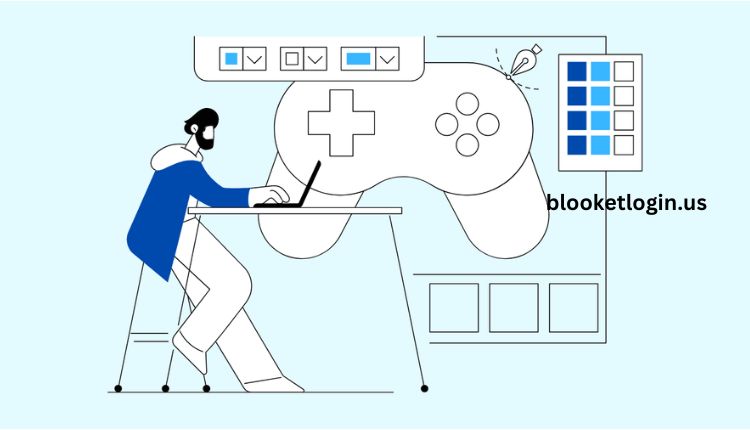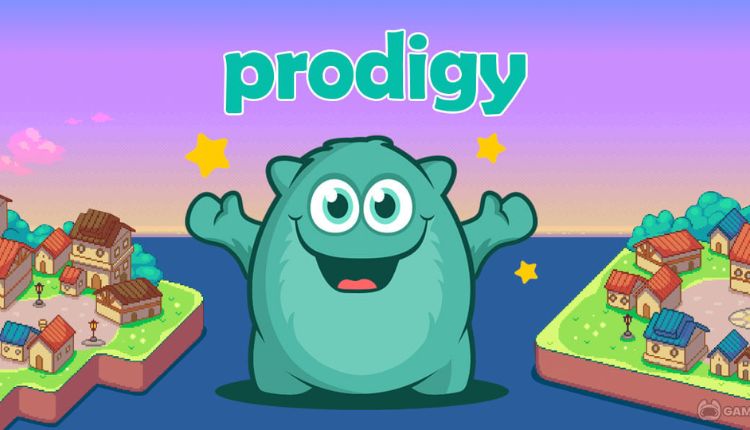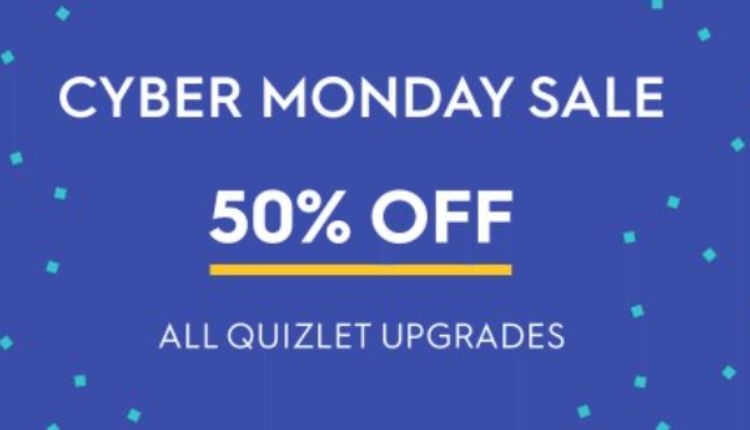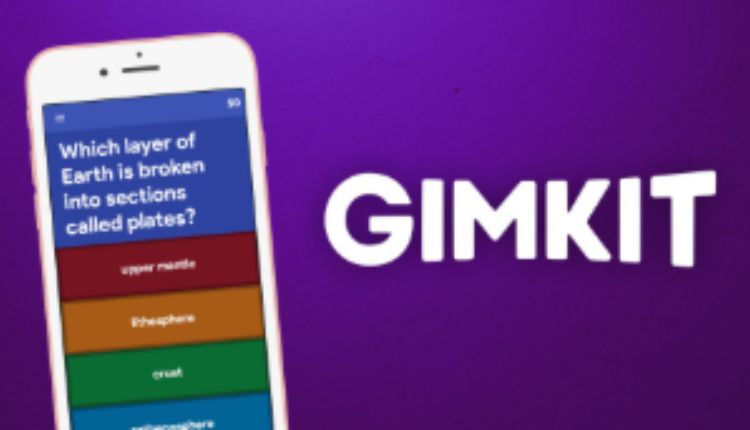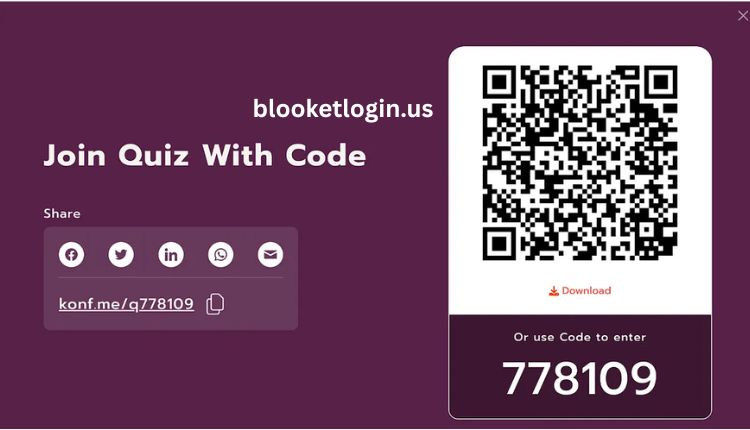Created by a high school student, it has become popular with educators for its twist on quiz games. Break it down and explain it:Gimkit provides more of an economy-based game format than quiz game format, allowing students to earn in-game currency and make in-game economic decisions to increase their own scores. Central to this platform is the Gimkit Dashboard, a hub for teachers and students to control, track and analyze quiz performance.
Teacher Dashboard Explanation Gimkit Dashboard
From the Gimkit Dashboard, the teachers have immense power in controlling the classroom activities, how the assignment should be set up, and how the students should be tracked. It’s built for ease of use and functionality, so it’s quick to pick up, even if you aren’t very tech-savvy.
When a teacher logs into their account, they’re presented with a clean and organized interface. Here’s what they can expect:
Home Panel Starting point overview of all your Kits (sets of quizzes), upcoming tasks, and new activity.
Create Kit: Here, teachers can create new quizzes. Questions can be imported, typed in by hand or pulled from existing Kits in the public library.
Assignments Tab — Teachers can assign Kits for homework or self-paced quizzes, enabling asynchronous learning or remote classrooms.
Reports Section — This is one of the most helpful features; it has real-time analytics (accuracy, time spent per question, marks scored by the whole class, etc.).
Educators can customize quizzes based on student levels and monitor their progress over time with the Dashboard. The app also has integration for Google Classroom, which simplifies student roster management and syncing grades.
Customizing Game Modes Gimkit Dashboard
An excellent feature of the Gimkit Dashboard is customizing game modes. Various game styles are available for teachers to choose from:
Classic: The traditional format with points for correct answers.
Team Mode: In this mode, students join forces and work in groups, which is excellent in developing communication and teamwork skills.
Trust No One (Among Us-style): A social deduction mode that adds an element of strategy and mystery to learning.
The Floor is Lava: A survival-style mode where students have to answer correctly or be eliminated.
All of those modes can be tweaked from the Dashboard to change the time limits, cash multipliers, shop items, and (I think!) more items. This control over the experience allows quiz experience to be customized to the learning goals.
Live Game Control Features Gimkit Dashboard
When playing live, the Gimkit Dashboard acts as a live control center. Teachers can:
Monitor Progress: Track the leading the game, determining trouble questions, and how much virtual cash each student has earned.
Pause and Resume: Whenever you feel like you need to interrupt the game to explain some concepts or to answer some question.
Kick Players: If necessary, the host can boot troublesome users with a single click.
End Game: If time runs out or the goals are achieved, teachers can manually close out the game session.
This kind of real-time control gives educators the ability to dynamically shape the experience of the game in lockstep with classroom flow, putting Gimkit into the not-set-it-and-forget-it bucket.
Student Dashboard Experience Gimkit Dashboard
From the student perspective, the Gimkit Dashboard is sleek and gamified. Once students log in or enter a game code, they can view:
Current Games: Live sessions they are in or assignments.
Kit History : A record of past quiz right attempts, scores and credits earned.
Shop Items (Live Games Only): Students can spend currency gained during gameplay on power-ups, upgrades, and boosts, allowing them a more complex strategy as they play.
It promotes self-direction as students can see the progress in their learning and their results. It also gives a feeling of accomplishment by showing what you are doing at a glance over a period of time.
Based on Data From The Gimkit Dashboard
My favorite part about the Gimkit Dashboard is that it’s all based on data. The analytics offer valuable insights for both teachers and students:
For Teachers: The Reports tab shows heat maps of question accuracy to indicate which areas require additional attention. Individual performance trends can also be viewed, and data can be exported for grade books.
For Students: Dashboards show personal performance stats, including what questions they got wrong, how long they spent on each, and what their improvements have been over time.
Such insights transform every game session into a formative assessment tool, enabling educators to make data-driven decisions to shape their teaching strategies.
Access and Integrations Gimkit Dashboard
Gimkit’s Dashboard doesn’t exist in a vacuum. It comes with several integrations to make the experience smoother:
Google Classroom: Sync rosters, assign quizzes directly, and auto-import student data
Smart integration: Firestore for class and homework management.
Mobile-friendly Devices: The Dashboard goes well with tablets & smartphones; it has all device support.
The interface is simple and friendly to use. Dark mode, which enables users to adjust the text size to suit their needs, as well as minimalist layouts that remove excessive clutter, can all contribute to helping everyone — especially those with disabilities — effectively engage with the platform.
10 Gimkit Dashboard Premium Features
Though Gimkit has a comprehensive free version, the premium subscription—Gimkit Pro—will reveal powerful Dashboard features. These include:
- Unlimited Versions and Sharelets
- Access to All Game Modes
- Detailed Performance Reports
- Agreement on Custom Branding for School Accounts
- Priority Support
Upgrading is likely to be worth the price to teachers who use Gimkit on a frequent basis, particularly by schools where it is integrated regularly into the curriculum.
HOW TO GET THE MOST FROM THE Gimkit Dashboard
Now that you’ve been introduced to the power of the Gimkit Dashboard, here are a couple practical tips for maximizing its potential!
Do not use reports quarterly: Instead, make a habit of checking student reports once a week and see if you can find patterns.
However, they need engagement and thus bring in a rotational game type.
Student Agency: As students create their own Kits, they will take greater ownership of their learning.
Treat Homework as a Game: Assign Kits as homework and place rewards for top performers to keep the interest up.
The Bottom Lines
The Gimkit Dashboard is more than just a control panel. It’s the nerve center of a fun, data-filled, and super customizable learning experience. Whether you are a teacher designing interactive quizzes or a student taking your learning into your hands, knowledge of how to use the Gimkit Dashboard can be a key to endless opportunities. Gimkit is becoming an essential digital tool in the modern classroom thanks to being easy to use while providing deep insights about students’ learning and play.

